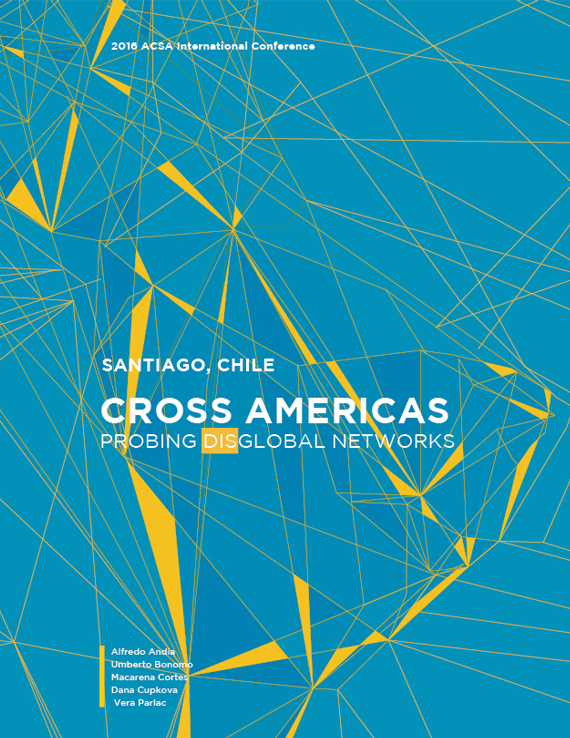Author(s): Zhongjie Lin
Although the term “compact city” appears frequently in academic accounts on sustainable urbanism as well as in professional descriptions of planning projects, it is often used in a general manner to indicate such ideas as high density, mixed uses, walkability, and transit oriented development, all linking to the common principles of New Urbanism. Unfortunately this misses some important points, as the concept of compact city possesses the power to generate dynamic urban forms, utilize cutting-edge technologies, address pressing environmental issues, and respond to distinctive geographical and cultural contexts, thus challenging conventional notions of urbanism. The awareness of the limitations of the current practice leads to the introduction of Vertical Urbanism as an alternative discourse on the compact city responding proactively to the state of contemporary metropolises characterized by density, complexity, and verticality. The reinvented concept of Vertical Urbanism moves away from the Modernist notion promoting tall buildings as dominant urban typology to explore physically interactive and socially engaged forms addressing the city as a multi-layered and multi-dimensioned organism. Informed by complex systems ranging from underground mass transit to futuristic ecology of vertical urban farm, this experimental urban design approach envisions a holistic organization of infrastructure, space, and ecology ina three-dimensional framework. This paper derives from a series of urban design research studios under the common theme of Vertical Urbanism conducted in four different cities in the United States and China during 2010-2014 and recently shifted to Rio de Janeiro in Brazil. These studio stook on various sites and design questions such as urban infrastructure, transit system, and urban waterfront redevelopments, testing the concept in different geographic and cultural settings. Sensitivity to locality in both ecological and cultural terms was emphasized across these studios although the schemes often engaged speculative and innovative modes of design production. This paper examines a number of issues around the urban design approach of Vertical Urbanism, including the drive for density and vitality, the relationship between horizontal and vertical dimensions, space of flow and scalar shift, as well as ecological and social adaptability of mega forms;but above all, it tries to explore the capacity of global urban tactics in providing localized design solutions.
https://doi.org/10.35483/ACSA.Intl.2016.26
Volume Editors
Alfredo Andia, Dana Cupkova, Macarena Cortes, Umberto Bonomo & Vera Parlac
ISBN
978-1-944214-10-4

 Study Architecture
Study Architecture  ProPEL
ProPEL 
